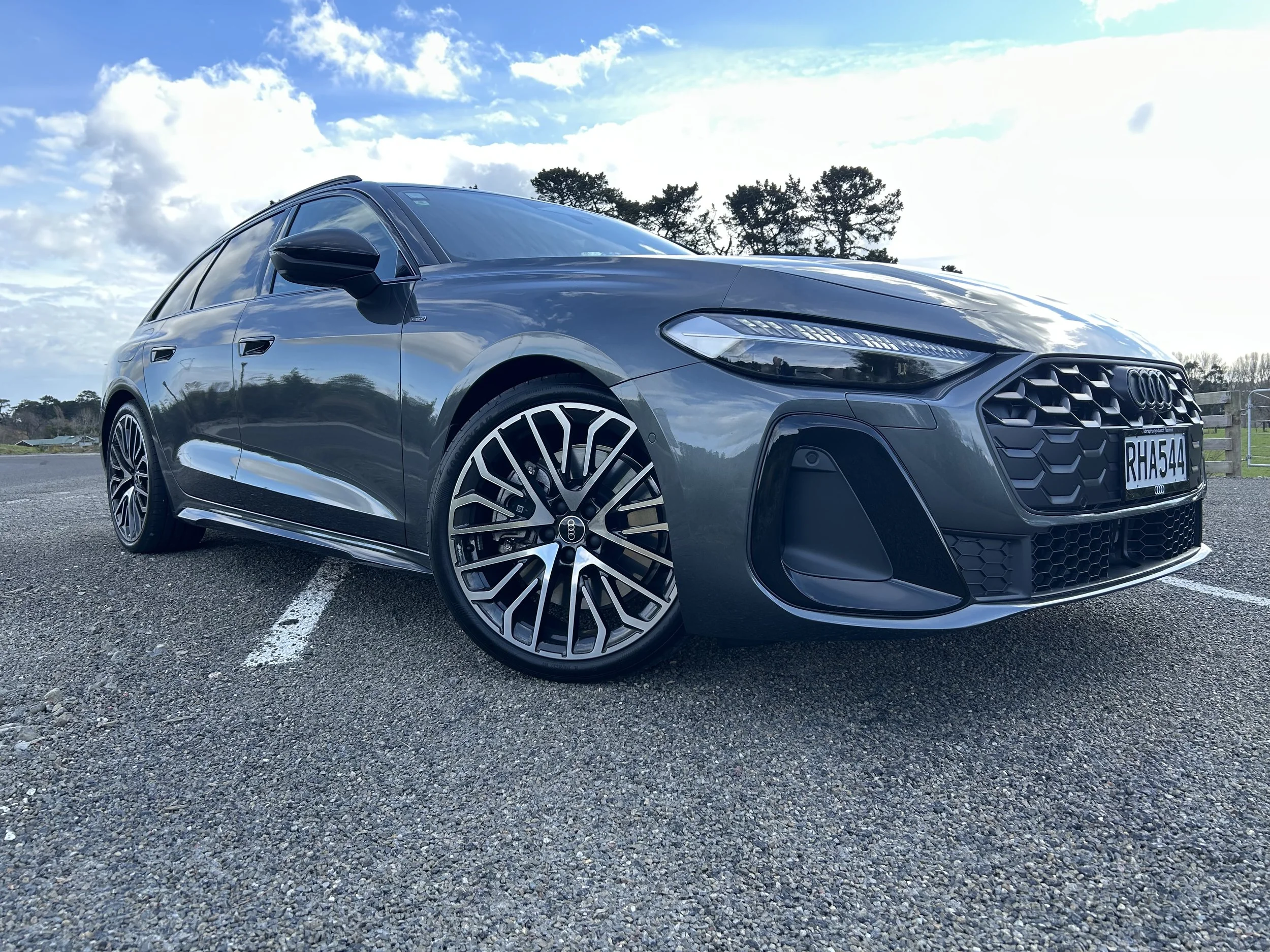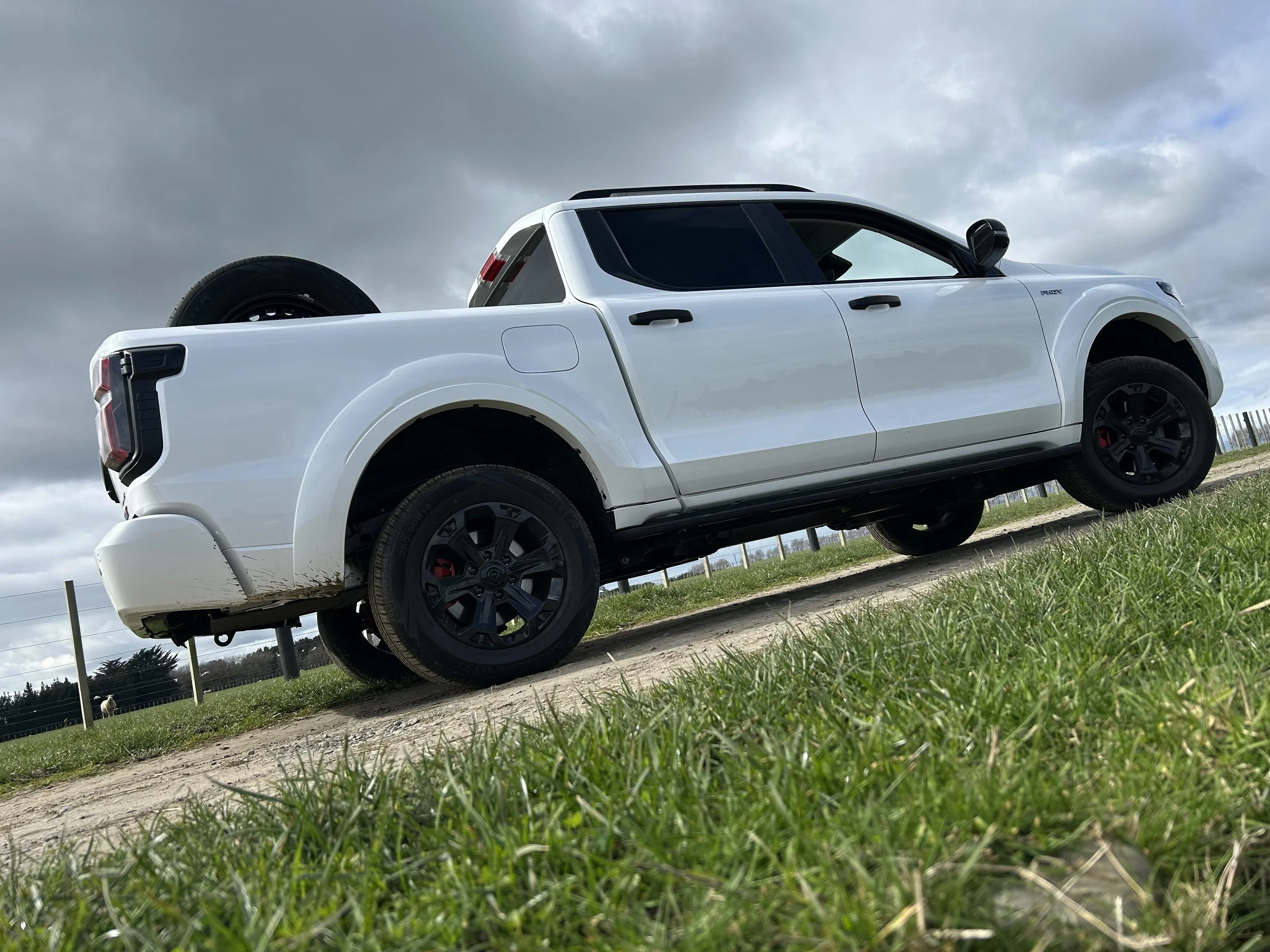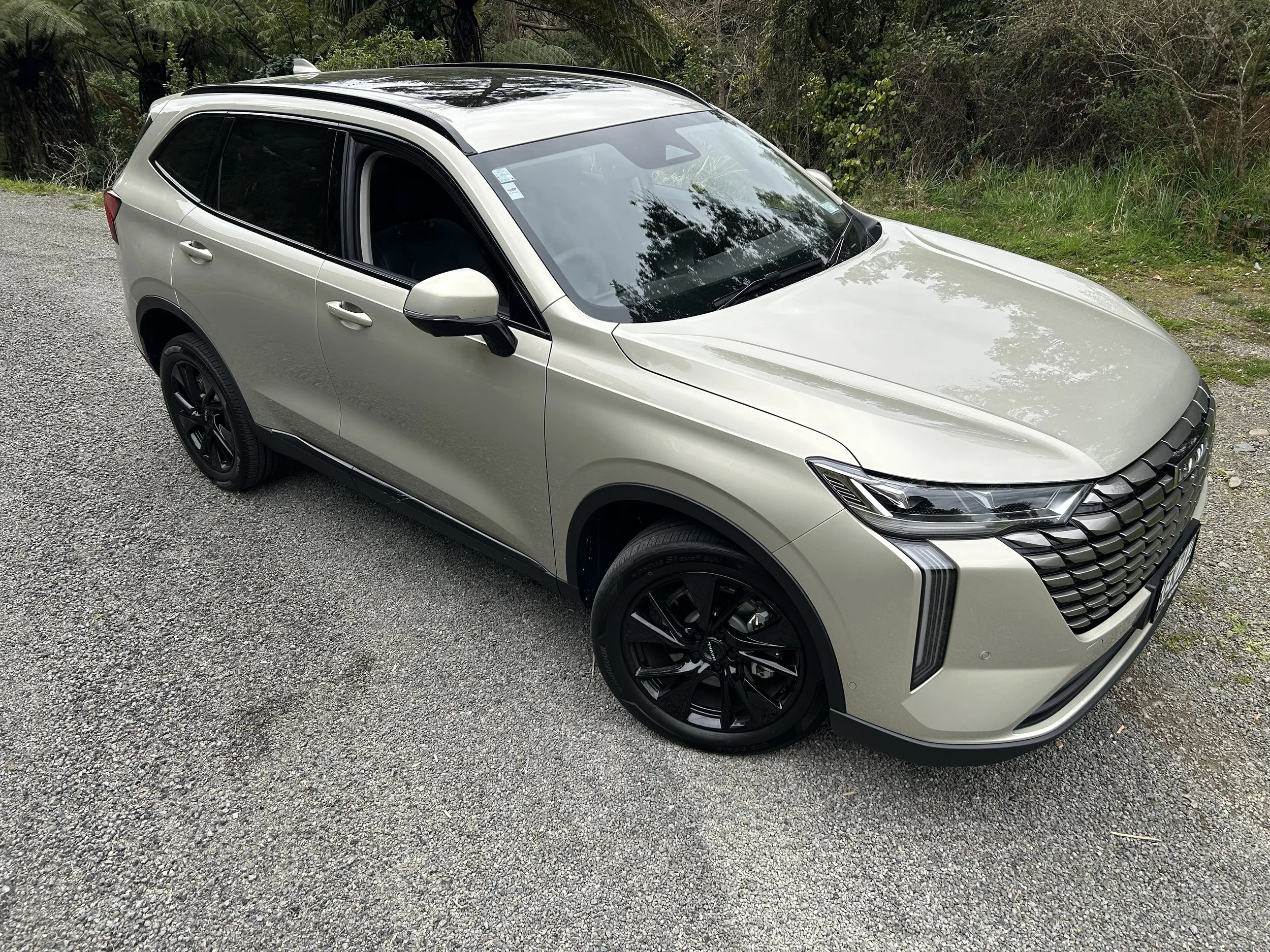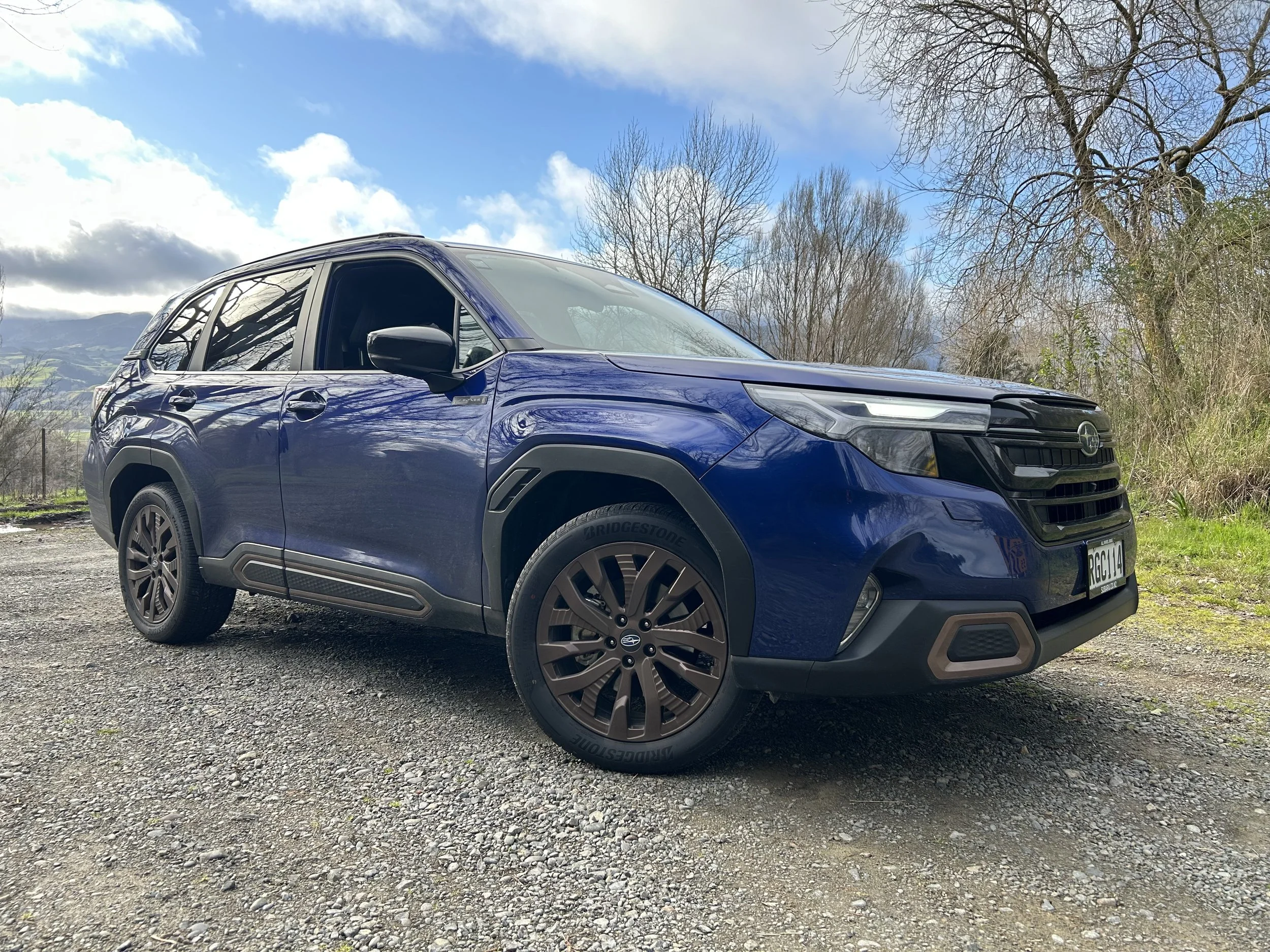Hybrid engines outlined for Qashqai
/The next generation of the Qashqai crossover is gaining electric assistance.
HYBRID powertrains will feature in the next-generation of Nissan’s Qashqai crossover.
Even though the car’s official release is still a year away, Nissan has decided now is the right time to share information about the new option, the most advanced version of which is intended to be offered under the e-Power branding.
Nissan New Zealand has not offered any insight as to whether this market will be in line for the new units, the top version of which combines a 1.5-litre petrol engine with an electric motor to drive the front wheels.
Also offering is a 1.3-litre turbocharged petrol related to that of the current car, but with its own internal improvements to reduce fuel consumption. This unit is now mated to an uprated 12-volt electrical system, known as Advanced Lithium-ion battery System.
Hybrid drive appears to be set to be the sole choice for the car in Europe, however that does not discount that other engines could be provisioned elsewhere.
The 1.5-litre set-up differs from many other hybrids in that the 115kW petrol engine doesn’t ever drive the wheels directly - instead it charges the battery which supplies an electric motor producing 140kW and 330Nm of torque.
The advantages? There are several, the brand claims. Primarily, though, with the electric motor driving the wheels alone, the Qashqai will benefit from the driving characteristics of an EV, not least more instantaneous throttle response.
The car will not only accelerate quicker than its hybrid rivals but does so with a lower engine rpm, which should mean that it doesn’t suffer from the much-criticized rubber-band effect under acceleration of other parallel hybrids with CVT transmissions, the maker suggests.
Lower CO2 emissions also result and the arrangement also means that Nissan has been able to tune the 1.5 petrol unit to operate at its most efficient when topping up the battery, meaning that it has the potential to deliver strong fuel economy.
The e-Pedal system that features on the Leaf also enacts on the five-door crossover, meaning drivers can make use of one pedal driving. Stepping off the throttle can provide up to 0.2G of regenerative deceleration without any need to touch the brake.
Recuperated energy is deployed in the form of a modest 6Nm torque boost under acceleration for up to 20 seconds at a time. Combined with a stop/start system that cuts the engine from 17kmh when coasting to a halt.
The revised 1.3 turbo comes in two states of tune, 102kW and 116kW. The more powerful avails with a CVT automatic gearbox and four-wheel drive; the other with a manual six-speed.
As Nissan has previously confirmed, diesel will no longer feature in the Qashqai’s engine family.
Surprisingly, a plug-in hybrid won’t be coming, either, with Nissan instead prioritising e-Power tech and all-electric vehicles such as the new Ariya, the Qashqai’s slightly larger electric sibling.
The car has yet to be fully unveiled – that happens soon – but some carefully-considered images of some interior highlights have been issued. Also, the car’s general dimensions has been revealed. It is known that the new car is 35mm longer and 30mm wider than its predecessor. The interior gains 22mm extra knee room for rear seat passengers and 28mm more shoulder room for those up front. Front and rear headroom has also improved by around 15mm, thanks to the redesign.



















